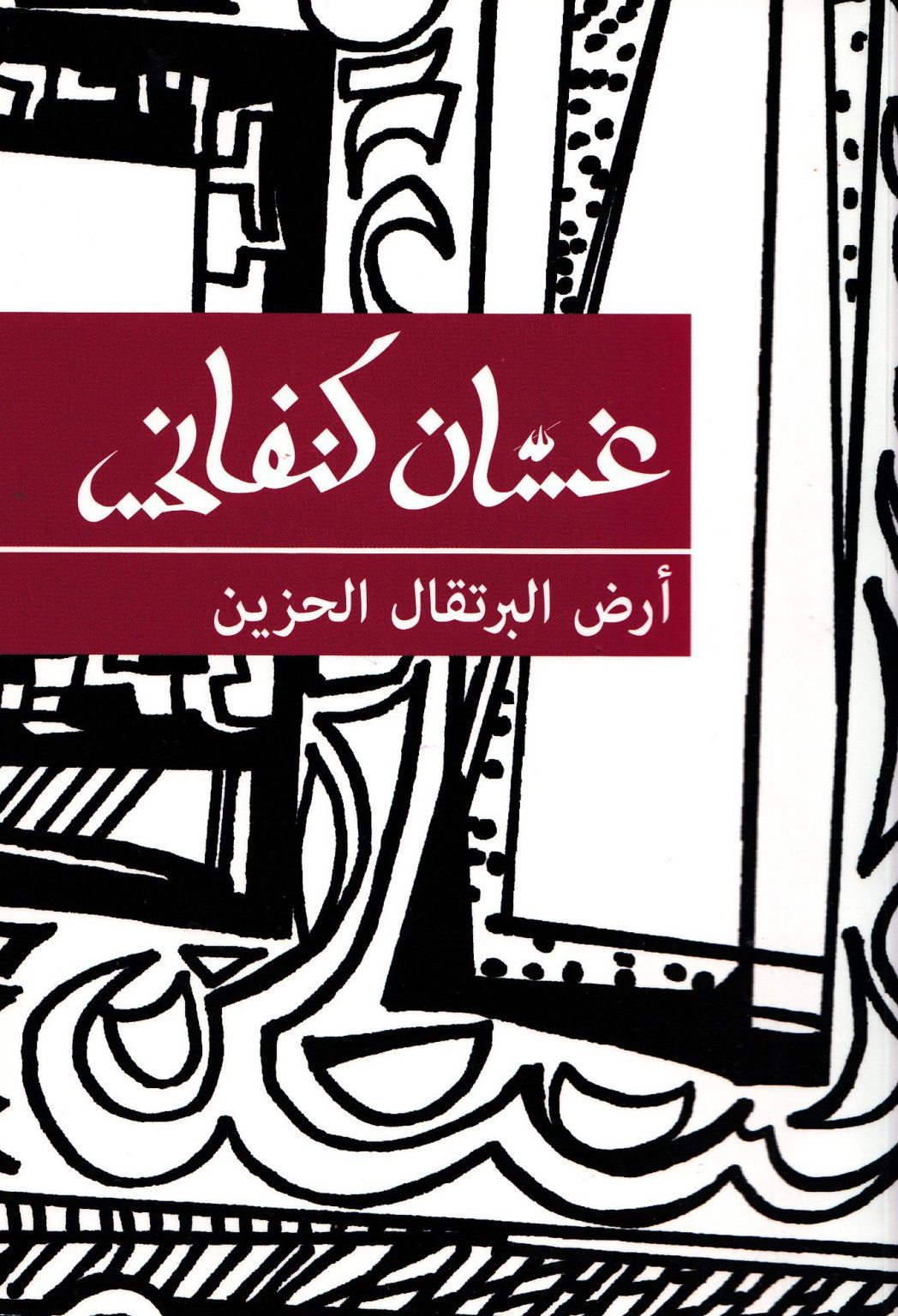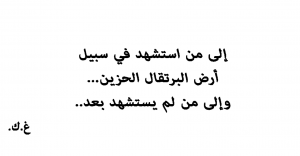 Letters From Gaza
Letters From Gaza


“What is home? It’s not a map, not a birth certificate. It’s not where you were born, nor where you will die. It’s not the land of your ancestors because the adversary claims the same. These easy answers might have sufficed before Israel was established, but now they all ring hollow.” ….”It’s not a question that you can answer and continue on your way. It’s your life and your cause bound up together. And before and after all of that, it’s the essence of who you are.” – M. Darwish, Homeland: Between Memory and History translated by Parmenter (1994).
Ghassan Kanafani (1936-1972) was a revolutionary political essayist, militant and author born in Akka, Palestine. Kanafani died aged 36 in a car explosion orchestrated by Mossad alongside his twelve-year-old niece Lamees. On July 8th, 1972, Kanafani was violently separated from the land of sad oranges as he was years before when his family had to flee Damascus via Lebanon when the Nakba occurred. Home was neither in Syria nor Lebanon. The image of home remained in Palestine, entrenched in the author’s plethora of fiction and nonfiction works. Home, in Kanafani’s predicament of exile, was resurrected by abstraction as the brutality of ownership and disposition leeched on past and present narratives of the Palestinian struggle. As the idea of man-ordained nation-states and divisions started to settle in the region, carrying with them Western drawn maps and imagined borders, the Palestinian question for nationhood was kept alive through cultural productions and remembrance. Not only does Kanafani’s works allow us to make sense of the Palestinian question, but we are also invited to participate, to acknowledge narratives within socio-political contexts which have been silenced or mutilated over time.


Letters from Gaza is an epistolary story retold in the voice of an unnamed protagonist who returns to his perished hometown of Gaza after years of uprooting in Kuwait. He returns to bid a final farewell to those of his family that remained in Gaza after the forceful expulsion of 48. All that remains in Gaza for him is his mother, sister in law and her children. The letter is addressed to his friend Ahmad who awaits him in Sacramento in hopes of commemorating their exile in “the land where there is greenery, water and lovely faces”. The protagonist at first, seems eager to flee the ghosts of his past, of destruction, chaos and immobility that are now itched into his memories of home, into his own identity as an undocumented Palestinian settling in Oil abundant Kuwait. His return to Gaza is the last stepping stone coming between the protagonist’s past and his so-called future in Sacramento, “I would liberate myself from this last tie too, there in green California, far from the reek of defeat which for seven years had filled my nostrils”, but visits under pleas of his family to go see his niece Nadia in the hospital. When he arrives, and sees how much “Our Gaza” has lost itself, under the debris of war and destruction he resolutely tells Ahmed to not wait for him. But it’s not the war, nor the Israeli bombardment of his neighbourhood that alters his life plans. It’s his niece Nadia’s infliction, her bravery and her despair that re-roots him back.
“I loved Nadia from habit, the same habit that made me love all that generation which had been so brought up on defeat and displacement that it had come to think that a happy life was a kind of social deviation.” (p. 88).
Nadia’s self-sacrifice and bravery in face of terror urge the narrator to come to terms with his own childishness. He realises that his pursuit for paradise in the land of the green, where conflict is but a distant memory can only serve to numb his sorrows of being an exile, whilst never actually healing himself of exile’s brutality. Adel Ahamd notes that expanding from Kanafani’s “Men of The Sun” to the context provided by Kanafani in “Letters From Gaza”, Kanafani means to inform that “ [f]or the exile, paradise can only be the return home.” Letters from Gaza offers a heart wrenching yet optimistic account of resistance, where the child becomes the seed of revolution and the exile becomes more aware of his responsibility towards the land they’d been expelled from. It’s a story that expands on the issues of responsibility, the resistance of the exiled.The narrator ends the letter, enthusiastically asking Ahamd “Come back my friend! We are all waiting for you.” (p. 90).
Bibliography:
Ahmed, A.A., 1989. Theme and technique in Ghassan Kanafani’s short fiction (Doctoral dissertation, Oklahoma State University).
Parmenter, B.M., 1994. Giving voice to stones: place and identity in Palestinian literature. University of Texas Press
Translated Works:
“The Land of Sad Oranges,” translated by Nejmeh Khalil-Habib
“The Stolen Shirt,” translated by Michael Fares
“The Horizon Beyond the Gate,” translated by Annie Weaver
Suggested Readings:
Land of the Sad Oranges (Collection of short stories) – Ghassan Kanfani
Men In The Sun – Ghassan Kanafani
Remembering Ghassan Kanafani – Elias Khoury
After The Last Sky – Edward Said
The Question of Palestine – Edward Said
Poetry :
The Void That Saw Detail – Hussein Barghouti
Journal of An Ordinary Grief – Mahmoud Darwish
Autobiography :
The First Well: A Bethlehem Boyhood – Jabra Ibrahim Al Jabra
The Disinherited: Journal of a Palestinian Exile – Fawaz Turki


 Letters From Gaza
Letters From Gaza 

